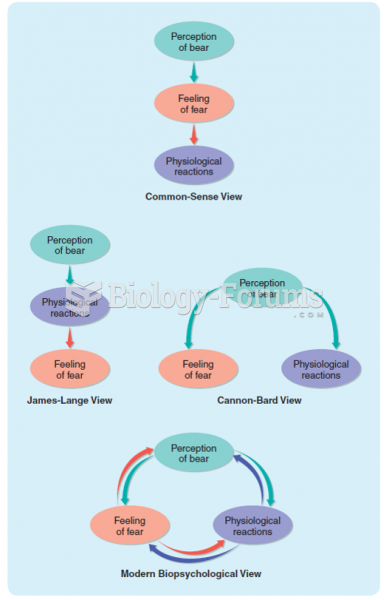Answer to Question 1
Answer: Use the following techniques to improve your speaking skills.
Speak to the back of the room. Speaking to the back of the room will help you adjust your volume so that you project your voice effectively. When you make eye contact with people in the front of the room, maintain the same level of volume so that people throughout the room can hear you. Too often, speakers lower their voices when they answer questions from people in the front of the room. Even in a small room, the person who cannot hear you will feel left out.
Speak slowly, especially at the beginning of the presentation. Your audience may need a few minutes to get used to your style of speaking. You can help them by speaking slowly and enunciating clearly, especially at the beginning of your presentation.
Modulate your voice. Nothing destroys audience attention more than a monotone presenter. One technique for animating your voice is to emphasize important words and phrases. If you are using slides, take your cue from the words you emphasized on the slides with color contrast or boldface.
Minimize verbal tics. Many people unconsciously use certain words as fillersfor example, like, okay, and you know. Be aware of your own speaking habits, and practice eliminating them in your speech.
Use pausesa remedy for the ers and ums. Pausing intentionally is one of the best ways to prevent ers and ums because you give yourself permission to be silent. Silence can be a powerful tool. A quiet moment gives the audience time to process your information and indicates that something new is coming.
Do not apologize for nervousness or mistakes. This takes attention away from your content. Just take a deep breath, regroup, and move ahead.
Answer to Question 2
Answer: During the presentation, listen to the audience's feedback. Are they nodding in agreement with you or nodding off from boredom? Listening while you present can be challenging because you are also trying to think about what to say, navigate your slides, and maintain good eye contact. However, if you can gauge your audience's response as you are speaking, you have the opportunity to revise and adjust. One strategy you can use to listen while you present is to pause between sections. Scan the audience during transitions between slides or between major ideas. Do they seem attentive and interested? You can also ask questions. Unless you want to open the floor to a Q&A session, limit questions during your presentation to close-ended inquiries that assess the audience's participation. For example, if you see someone looking confused, you could say, I know this process is complicated. Would additional explanation help?
After the presentation, reflect on your audience's overall response: Were there points in the presentation where the audience nodded in agreement? Did anything confuse or amuse the audience? Did you get the kinds of questions you expected? What surprised you? Could you have prevented any confusion or disagreement by presenting something differently? By answering these questions, you can evaluate your approach and your performanceand plan what to repeat or what to change the next time you present.







